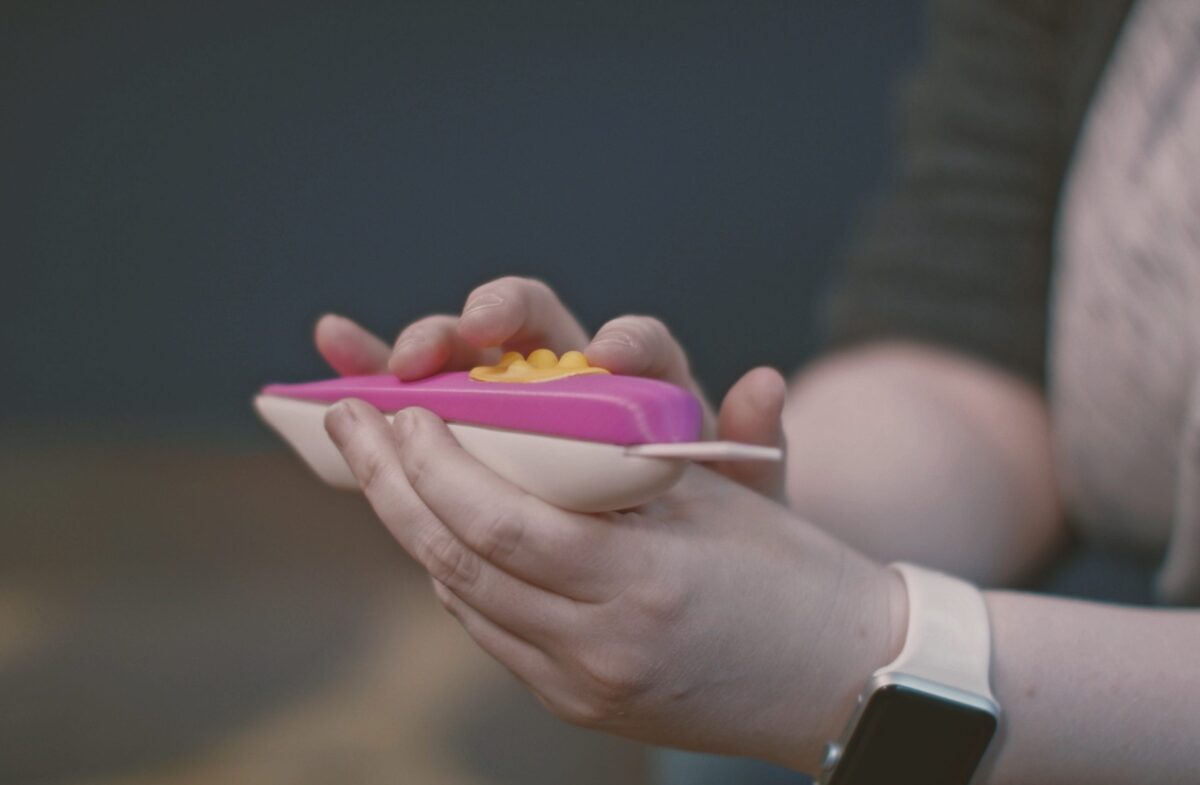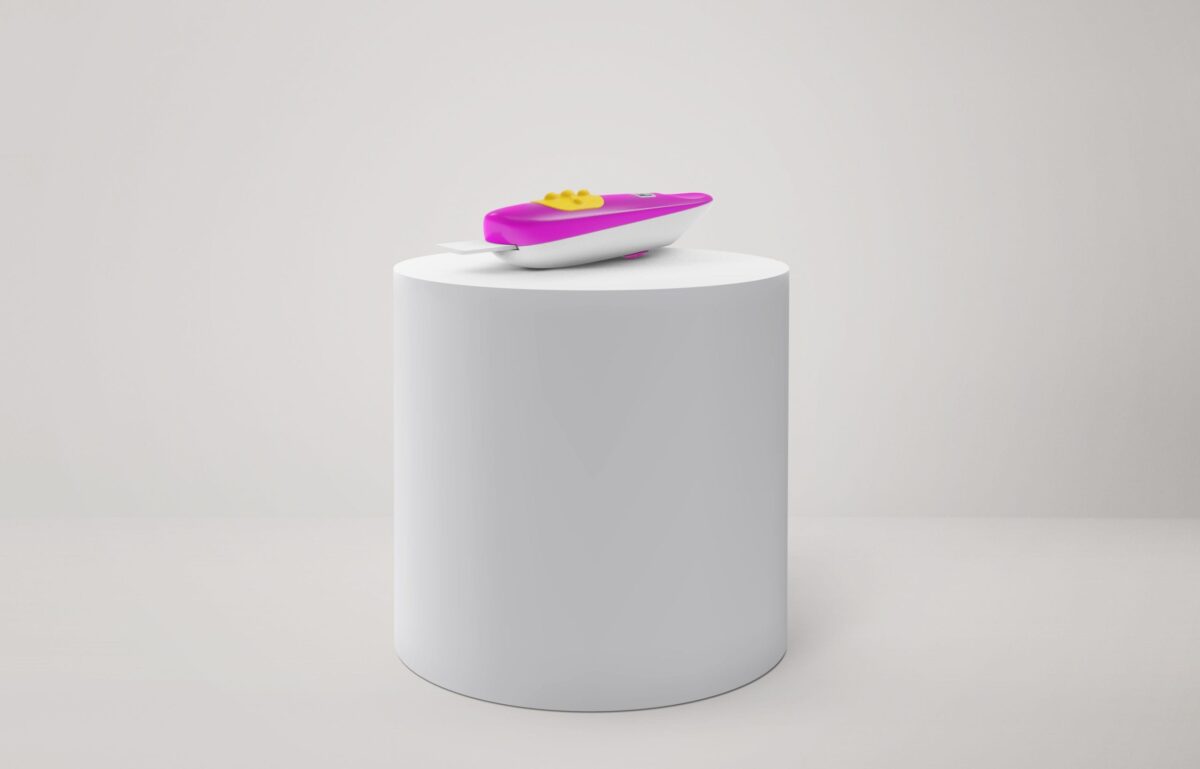A new tactile device is part of the Royal National Institute of Blind People’s campaign to promote accessible design

Words by Francesca Perry
As part of its new Design for Everyone campaign, the UK-based Royal National Institute of Blind People (RNIB) has unveiled a prototype design for the first-ever pregnancy test which gives results via tactile rather than visual means.
Launched this October, RNIB’s campaign focuses on highlighting the importance of making design more accessible to blind and partially sighted people, as well as others; it calls on businesses everywhere to put accessibility first when designing their products and services.
The new pregnancy test prototype, created by London-based product designer Josh Wasserman, is thought to be the world’s first pregnancy test which is accessible to those with sight loss, thus enabling privacy in a process which had previously required the help of a fully sighted individual.

The device allows the user to feel their results, producing raised nodules to indicate a pregnancy. It is built around the same technology as existing digital tests and works similarly – but uses a mechanical output with a linear actuator, instead of a digital screen.
The prototype was researched, developed, created and stress-tested by Wasserman in collaboration with blind and partially sighted women. The shape is easier to navigate by touch using different textured surfaces and an ergonomical design, while the top is brightly coloured and in high contrast, making it easier to see for those with partial vision.
RNIB has released all of the research and design exploration involved in creating the prototype at DesignForEveryone.org, supporting designers to understand in detail how designing more accessibly is possible.

‘We wanted to design and create a proof of concept prototype to show that it can be done,’ says Eleanor Southwood, chairman of RNIB. ‘Accessible design isn’t something that’s far off in the future; it’s here and now, and we wanted budding designers to be able to think accessibly in future by sharing our work.’
Southwood continues: ‘We’re thrilled to send an important design-led message to the world, showing the immense possibilities of accessible design… By highlighting such an important and intimate issue and showing how it can be solved through simple yet important changes to existing designs, we believe we can ignite real change in the design world.’
RNIB has also launched a Design for Everyone category at their annual See Differently awards, celebrating the businesses and designers that put accessibility first.
















